Asbestos Testing for Building Safety

Testing is recommended during property purchase or prior to renovations to identify asbestos presence.
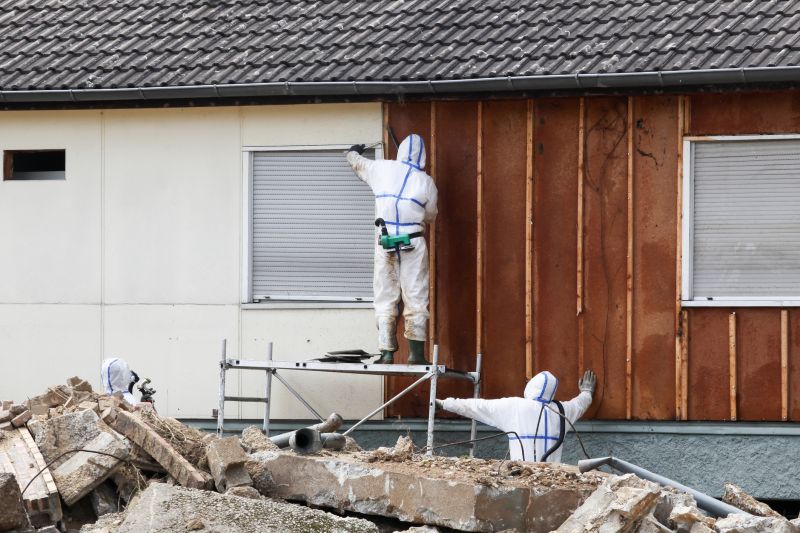
Conduct asbestos testing before any construction work to ensure safety and compliance.

Test when deterioration or damage to suspected asbestos materials is observed.
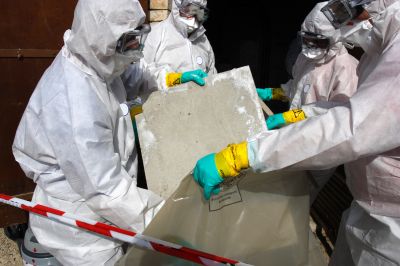
Ways to make Asbestos Testings work in tight or awkward layouts.
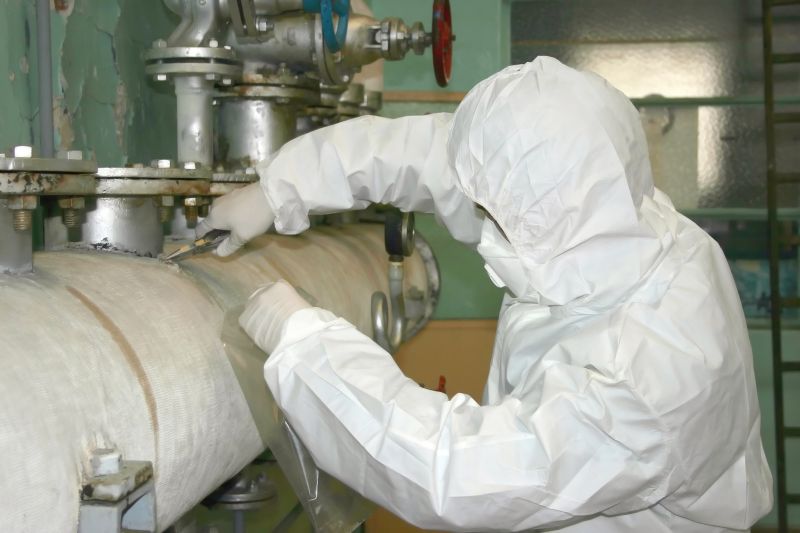
Popular materials for Asbestos Testings and why they hold up over time.
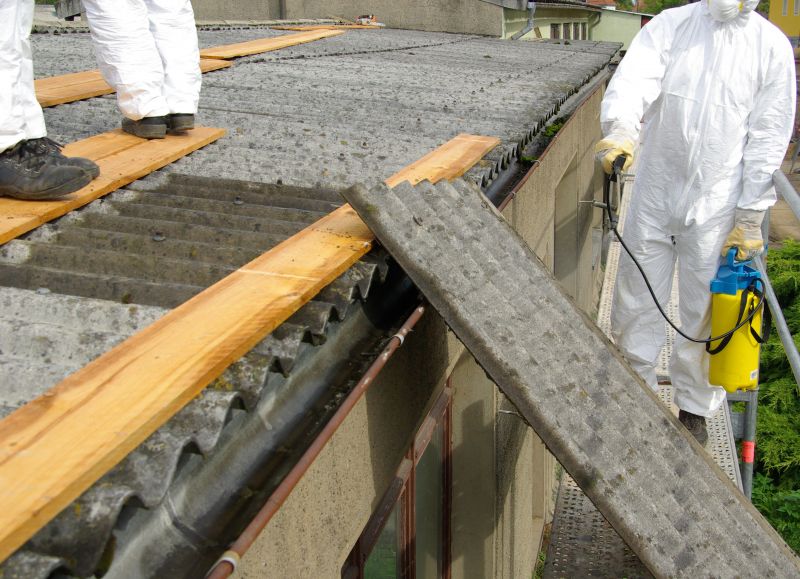
Simple add-ons that improve Asbestos Testings without blowing the budget.
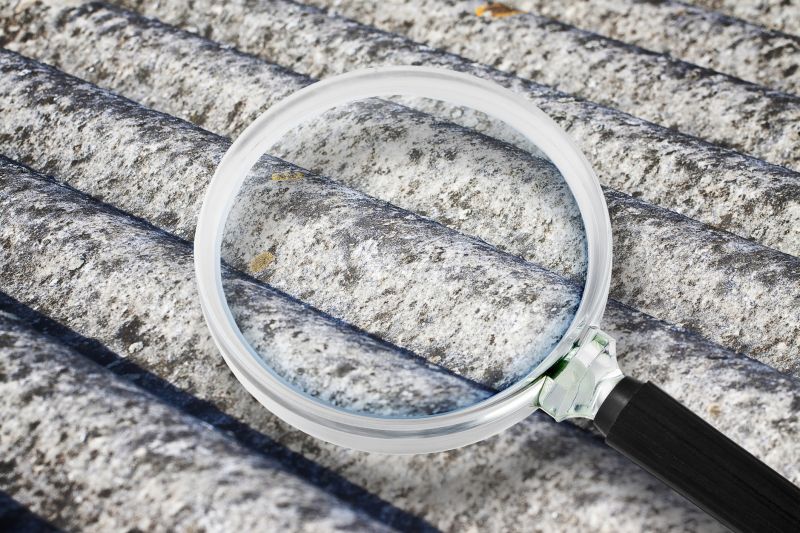
High-end options that actually feel worth it for Asbestos Testings.
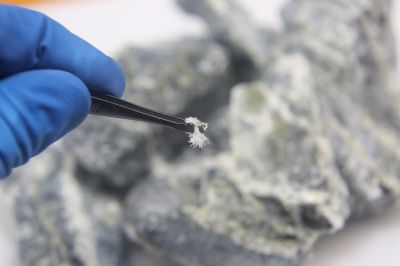
Finishes and colors that play nicely with Asbestos Testings.
Asbestos testing is a crucial process for identifying the presence of asbestos-containing materials in buildings. This testing helps prevent health risks associated with asbestos exposure, which can cause serious respiratory diseases. Asbestos was widely used in construction materials until its ban in many countries due to health concerns. Regular testing is essential when renovating older buildings or if materials are damaged, to ensure safety.
Testing frequency depends on building age, condition, and renovation plans. Older buildings often require more frequent assessments.
Compliance with local regulations often mandates asbestos testing before certain activities or when asbestos suspicion arises.
In areas with known asbestos materials, periodic testing helps monitor potential airborne asbestos fibers.
Workplaces with asbestos-containing materials must regularly test to protect workers.

Samples are carefully collected from suspect materials for laboratory analysis.

Testing involves microscopy and other techniques to detect asbestos fibers.

Results determine whether asbestos is present and if remediation is necessary.

Proper safety measures prevent fiber release during sample collection.

Pricing varies based on property size and testing scope.

Standards ensure accurate and reliable testing procedures.
| Scenario | Recommended Timing |
|---|---|
| Before purchasing a property | During initial inspections |
| Prior to renovation or demolition | Before starting work |
| When materials are damaged or deteriorated | Immediately upon suspicion |
| During regular maintenance in older buildings | Periodic assessments |
| Post-removal verification | After asbestos removal |
